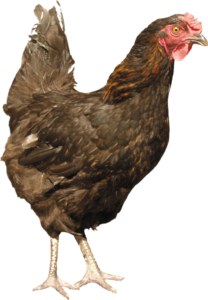

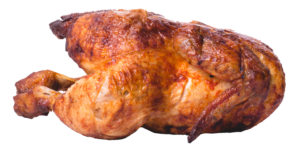
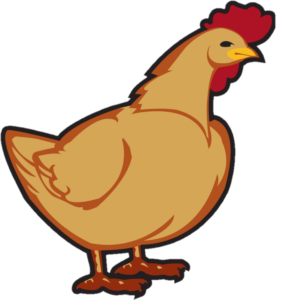
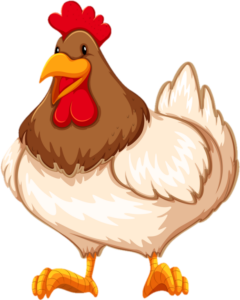
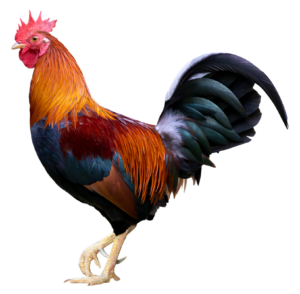
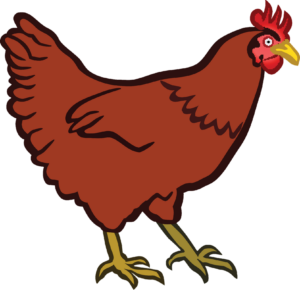
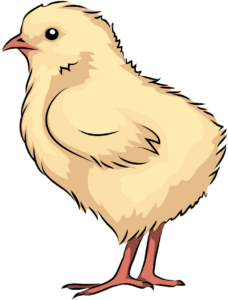
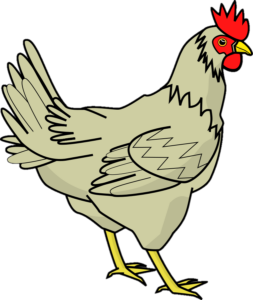
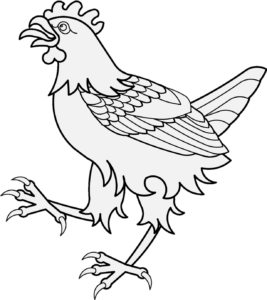
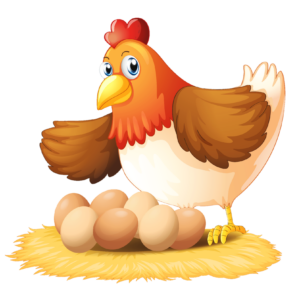
The chicken, a domesticated fowl that has become a staple in cuisines worldwide, holds a special place in culinary history due to its versatility, nutritional value, and cultural significance. From its early domestication to its various culinary uses, the chicken’s journey has been one of culinary evolution and cultural integration.
The history of the chicken dates back thousands of years to the jungles of Southeast Asia. Wild junglefowl, the ancestors of modern chickens, were initially domesticated for their meat and eggs. This domestication eventually spread across Asia, Africa, and Europe. Ancient civilizations, such as the Egyptians and Romans, embraced the chicken as a valuable source of sustenance and even assigned it a spiritual significance in some cultures.
One of the most remarkable aspects of the chicken is its culinary versatility. Every part of the bird can be used in cooking, leaving little to waste. Each piece offers a unique texture and taste, from succulent breasts to flavorful thighs and tender wings to robust drumsticks. The chicken’s adaptability to various cooking methods—roasting, grilling, frying, baking, and stewing—makes it a canvas for culinary creativity. It effortlessly absorbs the flavors of marinades, spices, and sauces, making it an ideal ingredient in a wide range of dishes.
Nutritionally, chicken is a powerhouse. It’s an excellent source of high-quality protein for muscle growth and repair. Chicken is also relatively low in fat, especially if the skin is removed, and provides essential vitamins and minerals, including B vitamins, phosphorus, and selenium. As a lean protein option, chicken has gained popularity in health-conscious diets and is often preferred by those aiming to maintain a balanced and nutritious lifestyle.
The chicken’s significance extends beyond its role in the culinary world. It holds cultural and symbolic importance in various societies. For example, in many Asian cultures, chickens are associated with luck, prosperity, and fertility. In Chinese cuisine, dishes like “kung pao chicken” and “sweet and sour chicken” have become iconic, reflecting taste and cultural heritage. In Western cultures, the chicken’s versatility has given rise to classic dishes like roast chicken and chicken pot pie, while fast-food chains have made fried chicken a global phenomenon.
The chicken’s impact on food systems and economies worldwide is substantial. Poultry farming, primarily driven by the demand for chicken meat and eggs, has become a significant industry. This industry provides employment, contributes to economic growth, and has helped address food security in many regions. However, there are also ethical and environmental concerns associated with intensive poultry farming practices, including animal welfare and the ecological impact of large-scale production.
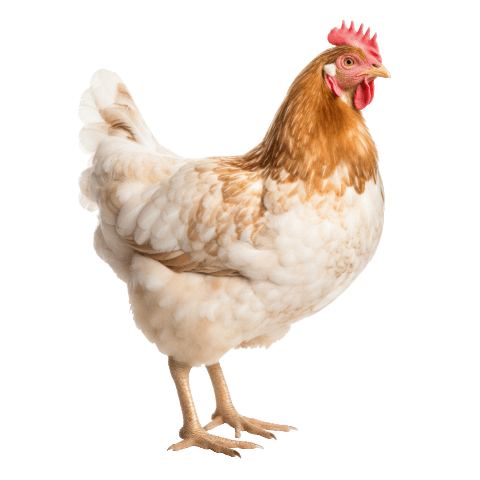


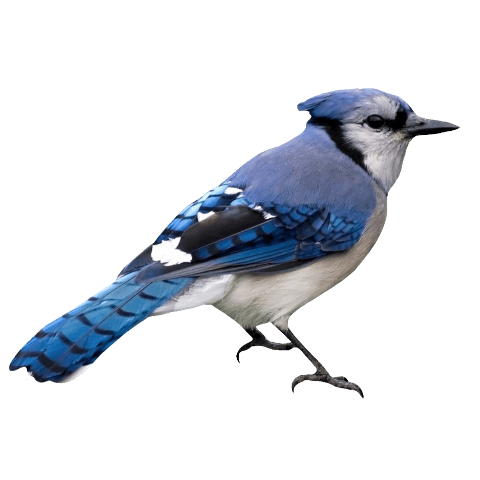
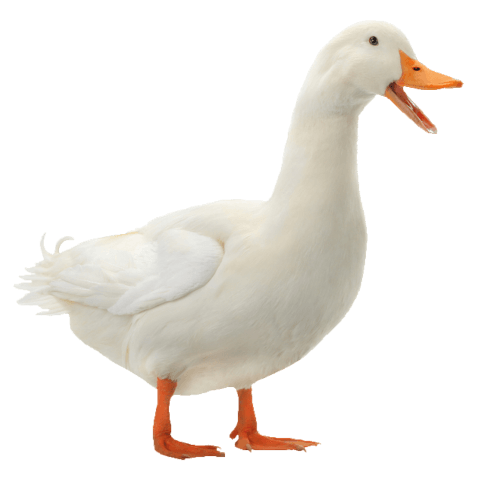


Leave a Comment